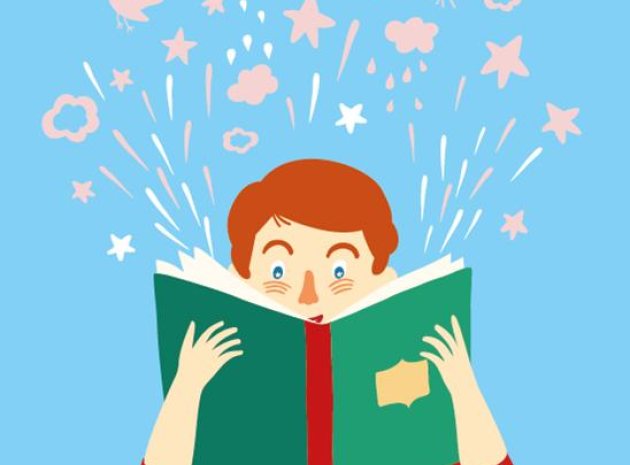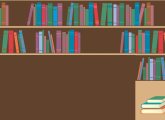There is nothing quite like getting stuck into a good book and children are far more likely to read and enjoy a book they have chosen for themselves, research shows. In their paper Intrinsic motivation and the process of learning: Beneficial effects of contextualization, personalization and choice Cordova and Lepper state: “Even struggling readers will show effort and persistence when reading self-selected texts, while other studies have shown that choice can affect attitudes and personal feelings.”
Selecting what to read is a very personal decision, particularly as secondary school children begin to explore their own identities and find their place in the wider world. However the choice on library shelves and in bookshops can be bewildering. Many children may not have much experience choosing books to read for enjoyment and might not know where to start, so it is important that someone is able to support them to find a book that’s right for them. This guidance could come from a variety of people, for example, a teacher, parent, siblings, members of a child’s peer group or older pupils recommending a good read. The popularity of some books endures – for example, Roald Dahl’s classic stories are still being discovered by children today as the centenary of their author’s birth is celebrated on 13 September. Other young readers are enjoying stories by contemporary authors.
Shared experience
Our research Children and Young People’s Reading in 2015 shows that of the 32,569 eight to 18-year-olds surveyed, six in ten say they have a favourite book or story. Diary of a Wimpy Kid by Jeff Kinney was most frequently named by children and young people, followed by the Harry Potter series by J.K. Rowling; Girl Online by Zoe Sugg; The Hunger Games series by Suzanne Collins and Tom Gates titles by Liz Pichon. The research also found that children who enjoy reading very much are three times as likely to read above the level expected for their age as young people who do not enjoy reading at all (32.7% compared to 10.1%).
Reading for enjoyment is an integral part of the National Literacy Trust’s Literacy for Life programme which uses literacy to drive whole-school improvement. Pupils are encouraged to read for enjoyment in every subject, rather than only in English classes. This is not confined to printed materials – pupils from the six participating secondary schools were so enthused by the visual and auditory experience of stories through film that the programme developed a Reading Aloud approach. Every day, for ten minutes the teacher reads a section of a novel. Students listen and discuss the ways in which the story develops. There is no academic work and pupils of all abilities are able to immerse themselves in a good story. By removing the issue of decoding and transforming reading for pleasure into a communal auditory experience, Literacy for Life students have begun to embrace reading for enjoyment. Three quarters (72%) of Year 8 students at Ormiston Forge Academy in Birmingham reported preferring the Reading Aloud approach to independent silent reading. Similarly, many teachers have embraced the approach as it ’provides them with a personal sense of literacy ownership at the school’.
Broad appeal
There is a momentous shift in the type of reading that students engage with at secondary school. The primary diet is predominantly fiction, while secondary introduces a curriculum founded on informational texts. Subsequently, secondary school students report a considerable drop in the quantity of their fiction reading. Our research found half (48.2%) of children in Key Stage 2 read fiction compared to a third (33.4%) of Key Stage 4 pupils. Significantly more Key Stage 4 pupils (39.4%) than Key Stage 2 children (25.1%) say they cannot find things to read that interest them.
This suggests a need for continued support for secondary school pupils on choosing texts, just as our Young Readers Programme trains primary school teachers on book choice and reading for enjoyment and helps children to select books for that age group. Reaching pupils through their hobbies and interests is a powerful way to inspire them to read more. Good school libraries are an oasis of reading inspiration, continually informed by student opinion which is often gathered through surveys. Dystopian and fantasy novels are strong favourites of adolescent readers and librarians continually source emerging new authors, liaising closely with a range of departments to ensure a breadth of high quality, informational texts. By introducing a range of exciting non-fiction, many librarians succeed in engaging pupils in subjects beyond the English department via reading for enjoyment through choice.
About the author
Susan Aykin is strategic lead for school improvement at the National Literacy Trust (literacytrust.org.uk)









